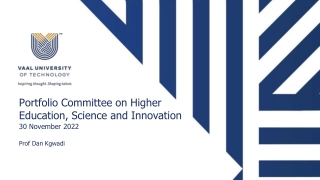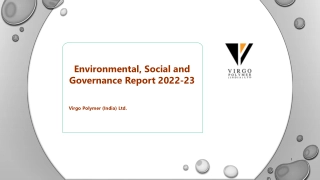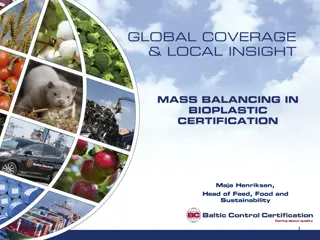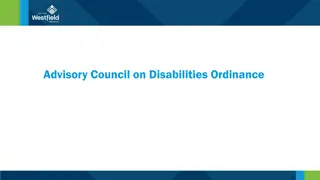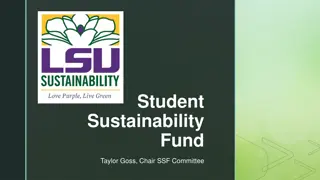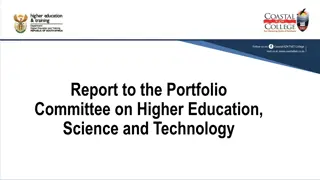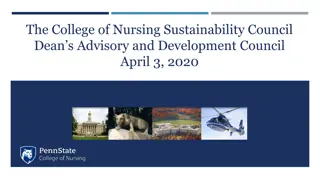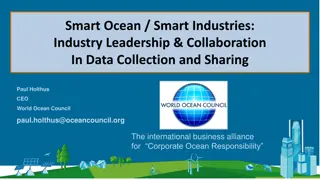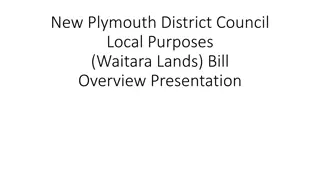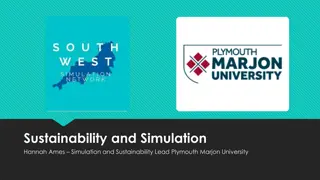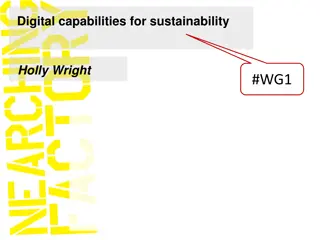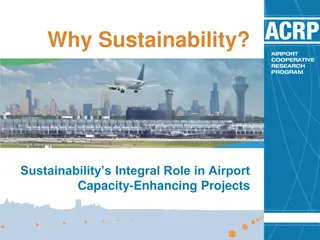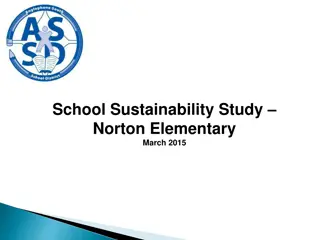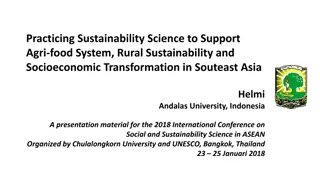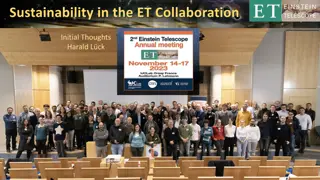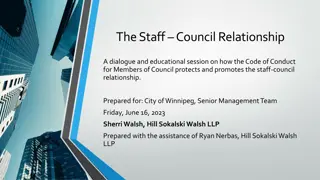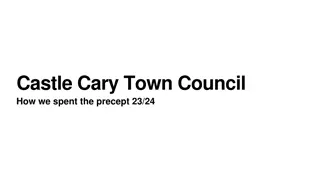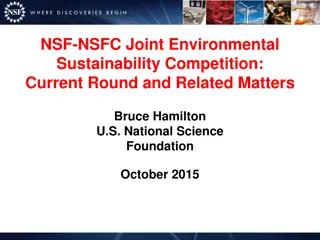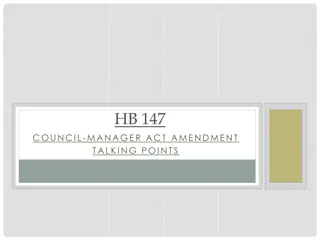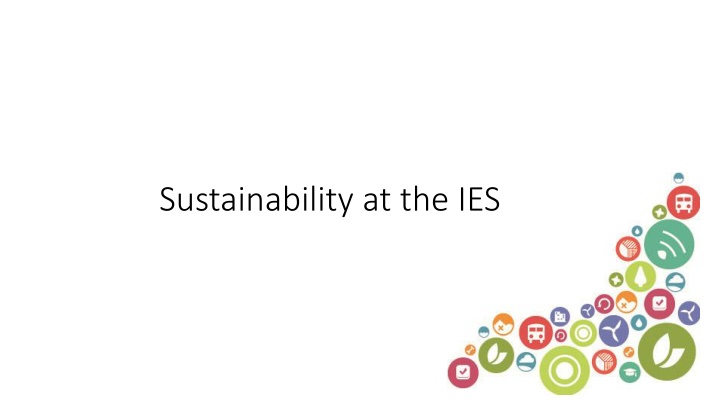
Achieving Sustainability through Action at the IES
Explore the journey towards sustainability at the IES, focusing on key principles, actions taken, future plans, assessments, and commitments made. From sustainable practices to environmental policies and beyond, discover the steps being taken to make a positive impact on the planet.
Download Presentation

Please find below an Image/Link to download the presentation.
The content on the website is provided AS IS for your information and personal use only. It may not be sold, licensed, or shared on other websites without obtaining consent from the author. If you encounter any issues during the download, it is possible that the publisher has removed the file from their server.
You are allowed to download the files provided on this website for personal or commercial use, subject to the condition that they are used lawfully. All files are the property of their respective owners.
The content on the website is provided AS IS for your information and personal use only. It may not be sold, licensed, or shared on other websites without obtaining consent from the author.
E N D
Presentation Transcript
Sustainability Principles In a sustainable society, nature is not subject to systematically increasing 1 concentrations of substances from the earth s crust (such as fossil CO2, heavy metals and minerals) 2 concentrations of substances produced by society (such as antibiotics and endocrine disruptors) 3 degradation by physical means (such as deforestation and draining of groundwater tables). 4. And in that society there are no structural obstacles to people s health, influence, competence, impartiality and meaning. https://thenaturalstep.org/approach/
Becoming sustainable A Awareness B Baseline Assessment C Creative Solution D Devising a Plan https://thenaturalstep.org/approach/
Assessment Key areas: Energy and lighting Equipment and consumables Food and waste Supplies and suppliers Business travel and commuting Equity Access Engagement
Actions already taken Switched to a 100% renewable energy supplier Transitioning to LED lighting Developed sustainable, accessible event venue selection criteria Online events Developed travel policy that promotes sustainability Switched to vegetarian/vegan catering Staff voluntary changes Use of First Mile Use of second-hand or reconditioned products Encouraging opt-outs of postal correspondence Calculated our business GHG emissions Signatories to net zero and carbon neutrality commitments Science Council DEI framework EDI Strategy 2020 - 2023
Actions to be done Smart meter Flexible working Renewable energy partnership Student Ambassador Scheme Environmental policies of our suppliers No single-use plastic policy formalised Audit of office consumables Explore more sustainable lunch options Look to opt-in system as opposed to opt-out for electronic copies Translation options IES website redesign, with accessibility in mind Implement EDI strategy actions
Pledge to Net Zero Context Paris Climate Agreement 1.5C pre-industrialised levels Commitment to bringing GHGs to net zero by 2050 4/5 of the world s largest companies unlikely to meet this https://www.pledgetonetzero.org/
Pledge to Net Zero 1. Set and commit to deliver a greenhouse gas target in line with either a 1.5 C or well below 2 C climate change scenario covering buildings and travel as a minimum Publicly report greenhouse gas emissions and progress against this target each year Publish one piece of research/thought-leadership each year on practical steps to delivering an economy in line with climate science and in support of net zero carbon. Alternatively, signatories may choose to provide mentoring and support for smaller signatory companies in setting targets, reporting and meeting the requirements of the pledge 2. 3. https://www.pledgetonetzero.org/
Calculating GHG emissions Scope 1: Direct GHG emissions occurring from sources that are owned or controlled by the company, for example, emissions from combustion in owned or controlled boilers, furnaces, vehicles, etc.; emissions from chemical production in owned or controlled process equipment. Scope 2: Indirect greenhouse gas emissions from consumption of purchased electricity, heat or steam. Scope 3: Other indirect emissions, such as the extraction and production of purchased materials and fuels, transport- related activities in vehicles not owned or controlled by the reporting entity, electricity-related activities (e.g. transportation and distribution losses) not covered in Scope 2, outsourced activities, waste disposal, etc. https://ghgprotocol.org/
UNFCCC Climate Neutral Now 1.Measure and report their greenhouse gas emissions for an agreed-upon period of time 2.Reduce their greenhouse gas emissions as much as possible 3.Offset remaining emissions with UN Certified Emission Reductions (CERs). https://unfccc.int/climate-action/climate-neutral-now
Links Natural Step - https://thenaturalstep.org/approach/ Pledge to Net Zero - https://www.pledgetonetzero.org/ UNFCCC Climate Neutral Now - https://unfccc.int/climate-action/climate-neutral-now GHG Protocol - https://ghgprotocol.org/ IES - https://www.the-ies.org/news/environmental-and- sustainability-audit-2020 & https://www.the- ies.org/analysis/ies-GHG-emission-targets

